Australia’s Best Nebbiolo
With both maturing vines and a depth of winemaking knowledge on how to handle the fruit, we thought it timely to line up as many currently available Australian bottlings of nebbiolo to see how it’s faring across the land.
After decades of dominance, fortified wine was completely relegated to the back of the liquor cabinet by the 1990s. In 1950, over 85 per cent of Australian wine production was destined for the heavier stuff, but by ’95 the script had been flipped, with almost 95 per cent destined for table wine. The ’90s was also a time of immense growth. While local wine consumption continued its steady upward trend, vineyard plantings and wine production took an even more lofty curve.
The total area under vine in Australia doubled in the decade, while Australian wine exports increased tenfold, with both the US and UK markets becoming the key destinations. Much of that was on the back of well-made and well-priced wines, such as Lindeman’s ’Bin 65’ Chardonnay and the like, precursors to the ‘critter labels’ that would drive volume in the noughties.
But the ’90s would also bring an increased interest in Australian wine at the top end of the food chain, with established stars Penfolds Grange and Henschke’s ‘Hill of Grace’ being joined by a raft of newcomers. Those wines were typically from significantly old vines, and more often than not they were shiraz vines. The Barossa had been rehabilitated, with raw power in fashion, but it was also a time when the cool climate revolution was in full swing.
The 1990s was a time when the critic became somewhat godlike, with their words having a significant impact on the style of wines in that decade and the one that followed. The most famous critic was one Robert Parker Jnr., whose nose for certain styles had a thirsty wine public in raptures. A stellar review could instantly elevate a wine into cult status, with the value of a single bottle outperforming any blue-chip stock. That boom was to be short lived, though, and high-end Australian wine, aside from some notable exceptions, was to be largely beached by the time of the GFC in the following decade.
While it was on, though, the feeding frenzy on cult Australian wines was frenetic. And many of those wines were monumental in scale, largely warm climate shiraz flushed with alcohol and loaded with new oak, much of it American oak with its outsized vanilla and coconut flavours. The more those wines gathered high scores, the more winemakers felt inclined to make wine in that mould. It would take until the next decade for a counter movement to fully evolve, returning a little elegance to the equation for the wines of warmer regions, such as the Barossa, McLaren Vale and Victoria’s Heathcote.
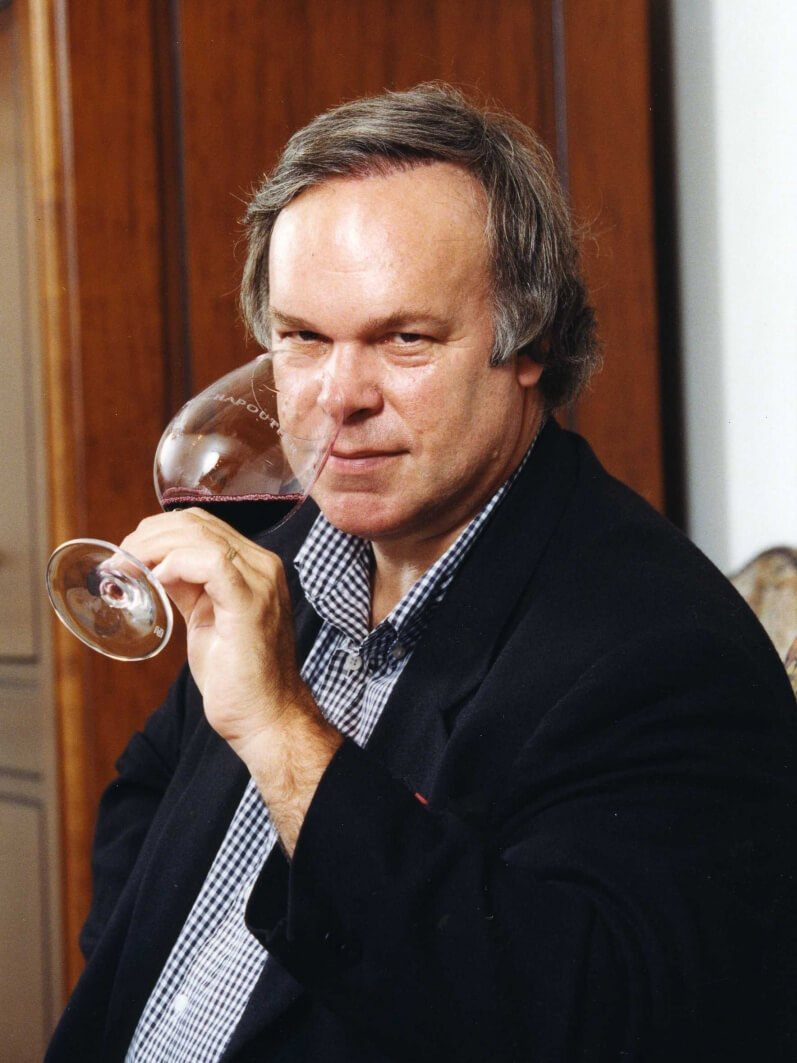
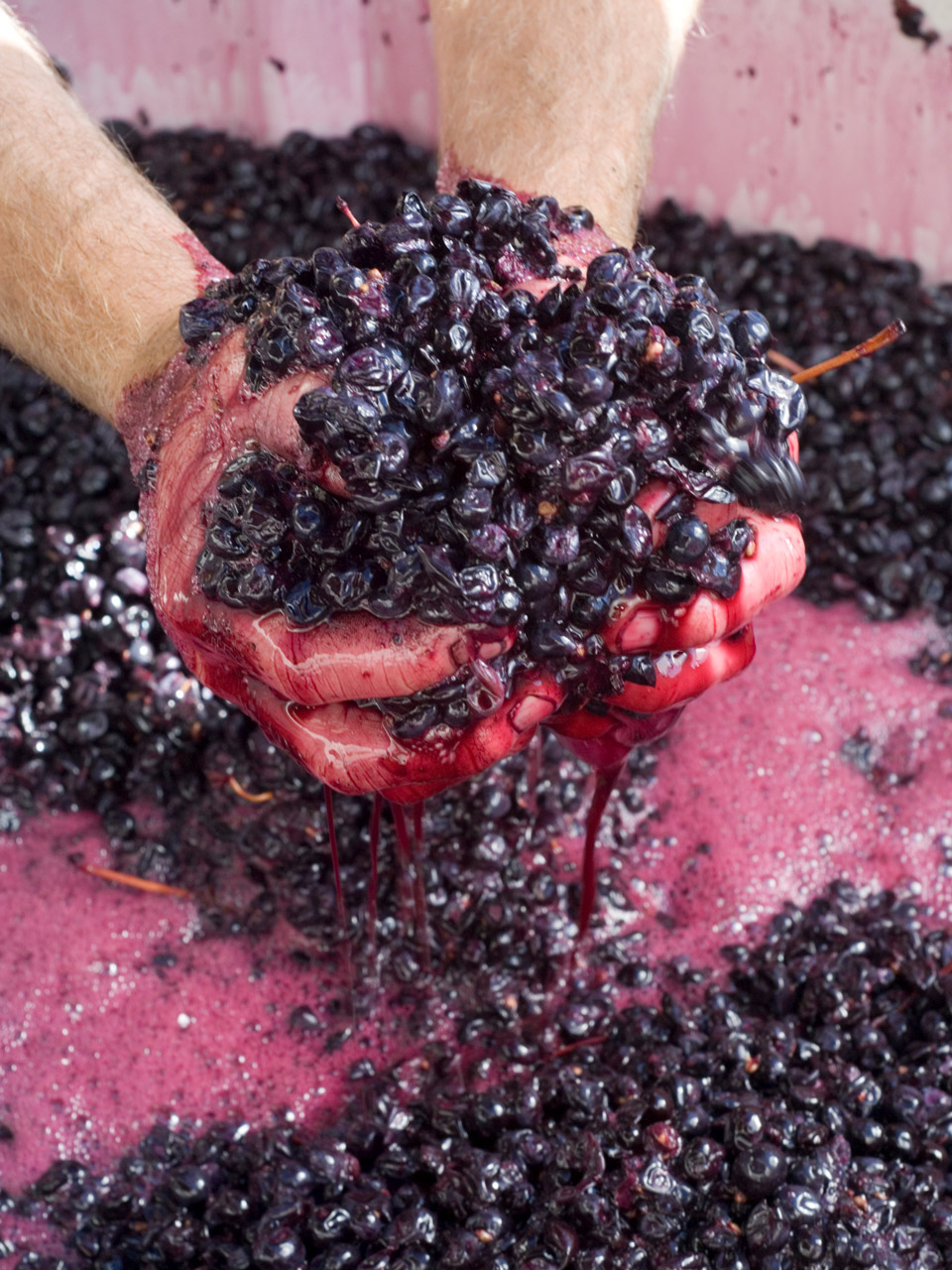
Parker famously awarded ‘Three Rivers’, a shiraz from the Eden Valley, with 99-point scores for the 1993 and ’95 releases, then went one better in ’96 and ’98 with perfect numbers. He also gave Wild Duck Creek’s 1997 ‘Duck Muck’ Shiraz from Heathcote 99. Both of those wines went from being worth well under $100 to being traded for over $1,000 US in no time.
Parker wrote that the 1996 Three Rivers wine was “akin to a dry vintage port”, which Interestingly was a descriptor that was bandied about as a negative when Max Schubert’s first vintages of Penfolds Grange were shown to a dismissive Sydney wine trade.
Parker also had a similar take on the Wild Duck Creek: “Opaque black purple-colored, with a viscosity resembling vintage port… The acidity and tannin appear to be missing because of the wine’s wealth of fruit, glycerin, and extract.” One thing’s for sure, he was being very clear about the wines he favoured.
It wasn’t just Parker praising premium Australian wine, either, with the hugely influential American magazine Wine Spectator awarding 1990 Penfolds Grange their Wine of the Year in their Top 100 for 1995. That was a huge accolade for the time, with the top-ten list typically dominated by Europe and Californian wines.
The premium sector was growing, and though many makers were pursuing the bigger is better style, encouraged by a vast and very thirsty American market, there were those in the ’90s that had other ideas.
That gold rush that saw makers fashioning behemoths is often seen as an overarching feature of the times, but the ’90s was also a time when cool climate vineyards were experiencing rapid growth, and the more elegant styles of wine produced were garnering an enthusiastic audience.
Trevor Mast worked at Best’s Great Western from 1976 to ’87, when he purchased Mount Langi Ghiran from the Frantin brothers. They had planted the site in 1969 and used Mast as a consultant from ’78. It was in the ’90s that Mount Langi Ghiran really established itself, with their iconic shiraz becoming a benchmark for cool climate shiraz, and an internationally recognised brand. And Mast was not alone, with Dalwhinnie in Victoria’s Pyrenees settling into a long stride with David Jones at the helm, owning and managing the estate from 1994, where he had been the winemaker for his father prior.
In the Yarra Valley, the ’90s saw more growth than the region has experienced before or since, with some 40 wineries being added to the roster, while the key players such as Mount Mary, Yarra Yering, Seville Estate, Wantirna and Yeringberg were now established icons. Yering Station was also re-established as a vineyard in 1996, re-planting a site where the Yarra’s first vines had been planted in 1838. The Rathbone family also teamed up with Champagne house Devaux to make Yarrabank, joining Moët & Chandon and Louis Roederer as investors in Australian wine’s sparkling future.
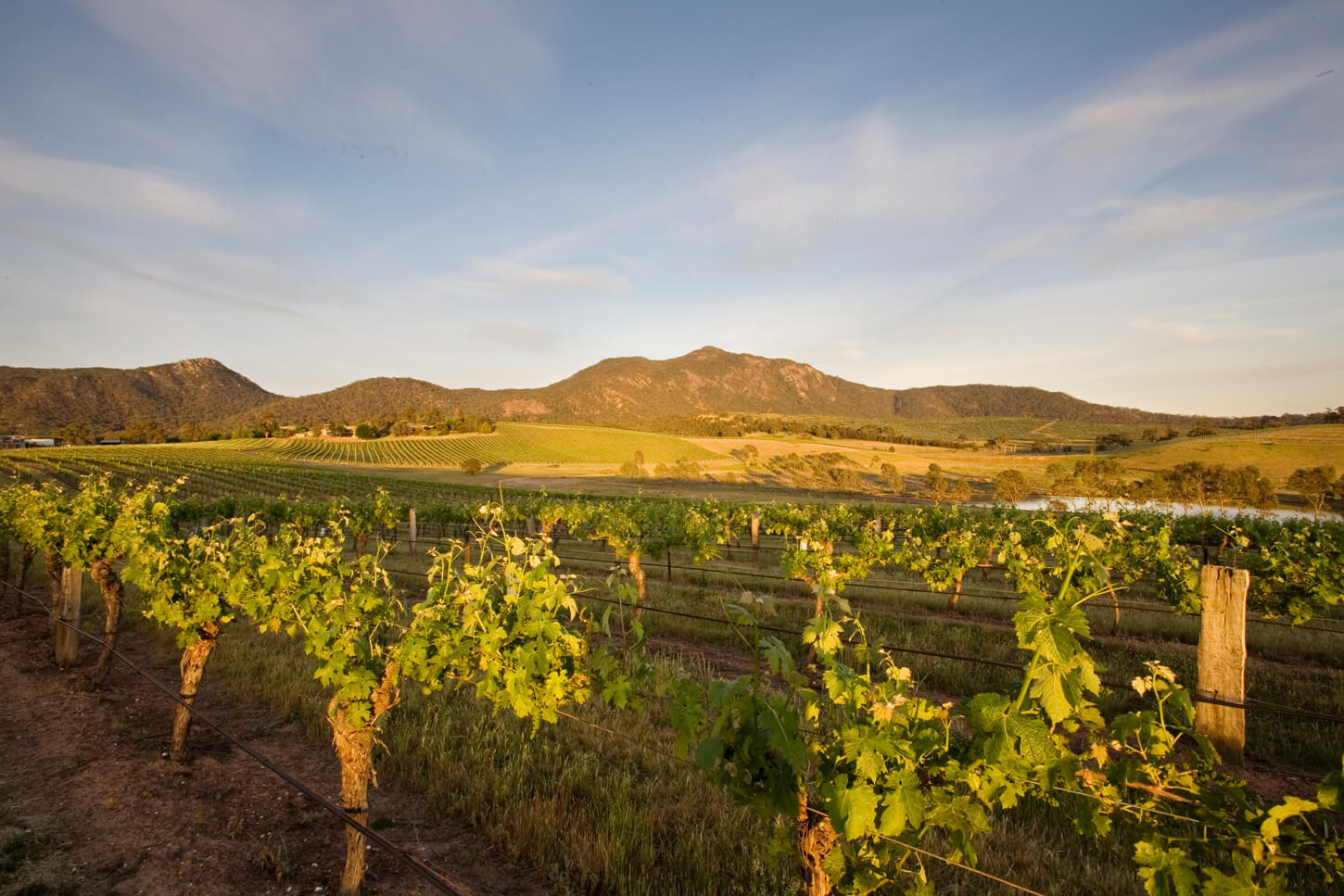
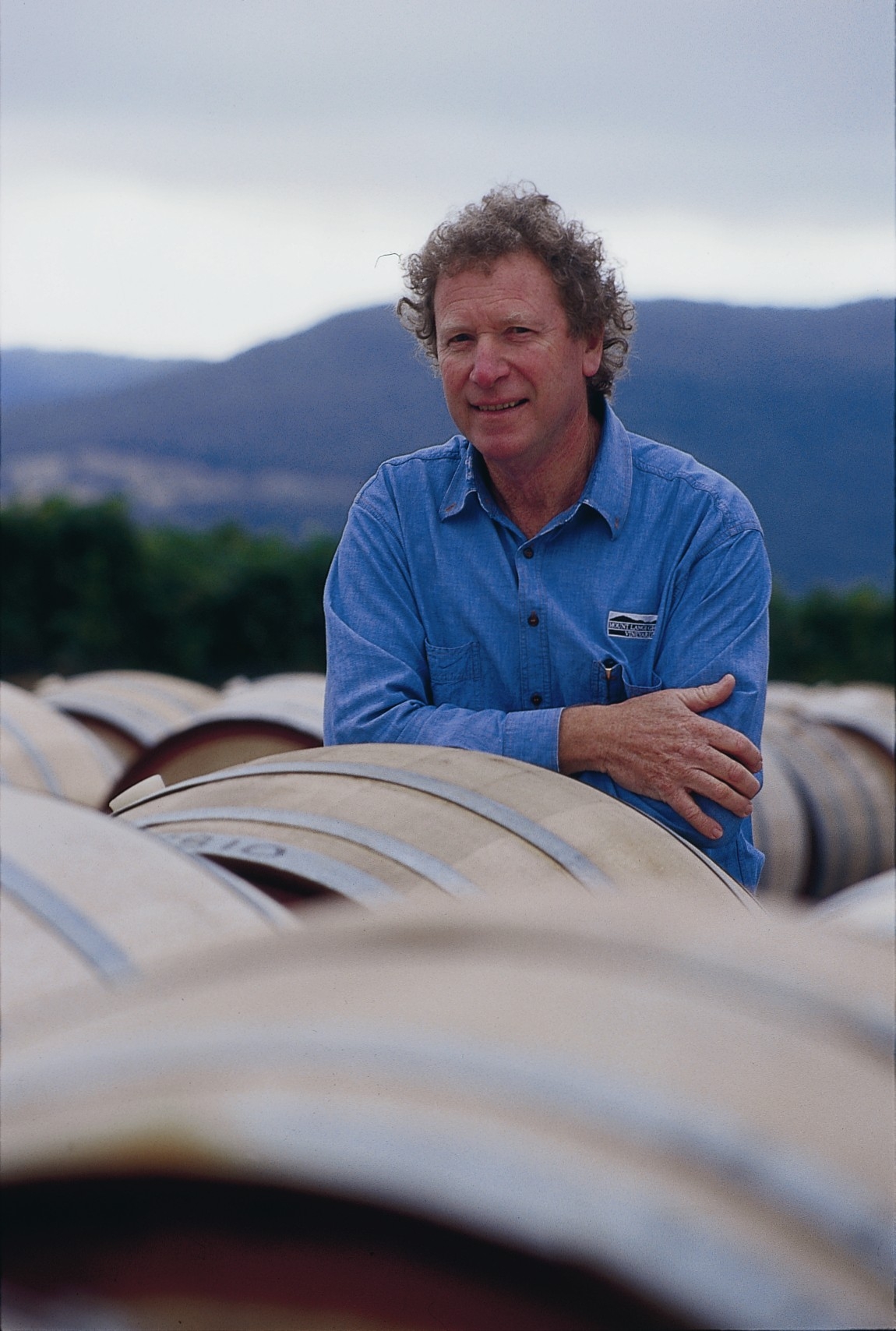
The ’90s was also a time when pinot noir started to get serious, with makers in Tasmania, the Mornington Peninsula and Yarra Valley investing heavily in the grape’s future. Bold new start-ups like Kooyong, which was first planted in 1996, would come to beacons of Mornington’s future with both pinot noir and chardonnay, while existing players were planting new clones and increasing vineyard holdings after a mostly failed foray into cabernet sauvignon.
That’s the same story with Phillip Jones of Bass Phillip, perhaps the country’s most famous producer of pinot noir. Replanting his Gippsland site consisting of Bordeaux varieties with pinot noir and chardonnay in the ’80s, Jones released his first wines in 1991 – with vintages ’85 to ’89 being made available. He quickly became the Australian godfather of the grape, alongside esteemed makers like Gary Farr, then at Geelong’s Bannockburn.
Over in South Australia, Brian Croser had sunk his teeth well and truly into the Adelaide Hills under his Petaluma label, while Stephen and Prue Henschke had released their first Lenswood wines a year before the start of the decade. Tim Knappstein, Shaw + Smith, Geoff Weaver and Ashton Hills also started to become well recognised names, while in Tasmania Domaine A and Stefano Lubiana were taking shape. The ’90s also saw the sparkling boom take off, with Pipers Brook’s Pirie, Yalumba’s Jansz and Hardys’ Bay of Fires and House of Arras starting to become key players in the category.
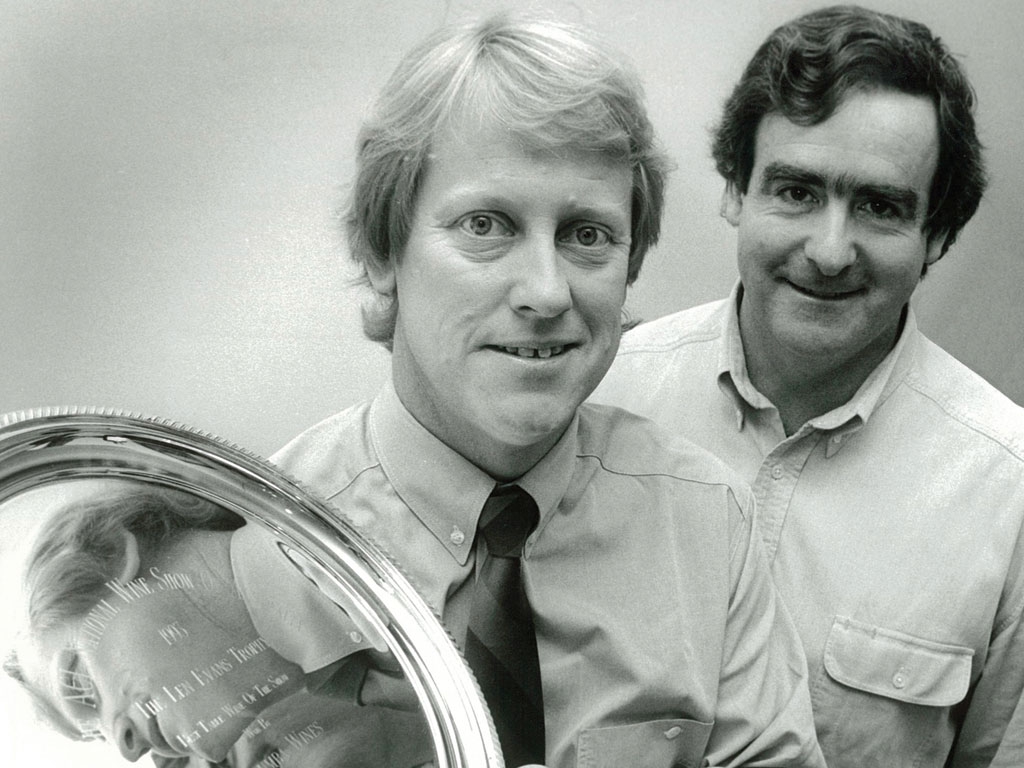
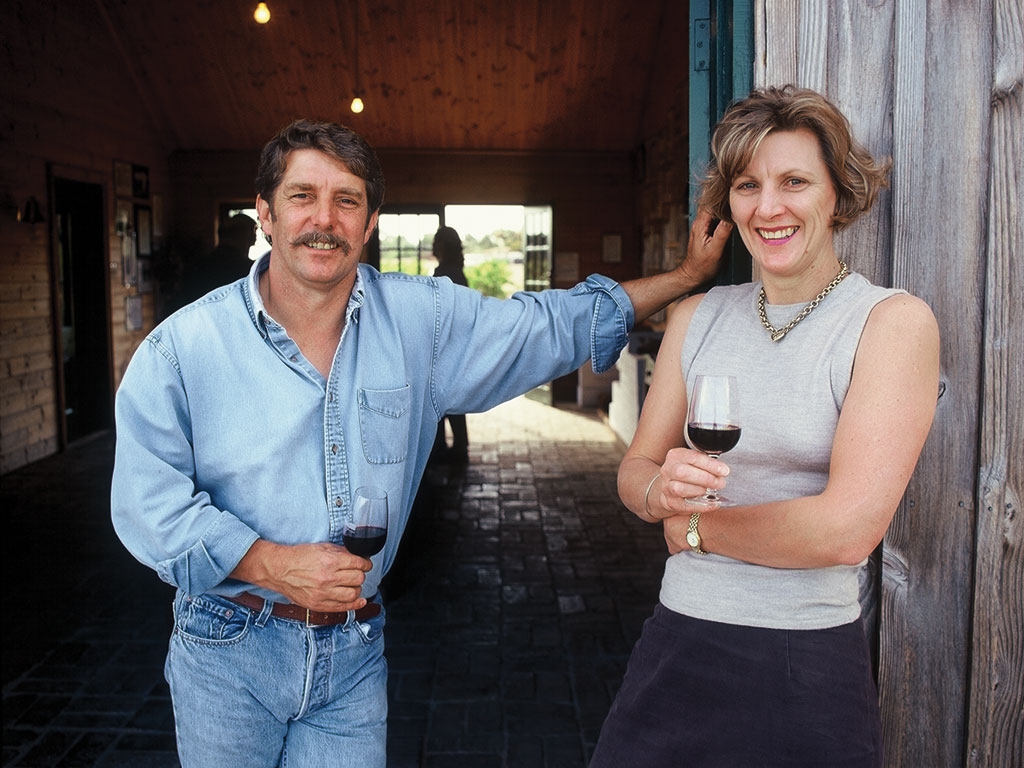
The quest for chardonnay as a premium product also took a further step, with Penfolds notably going on a quest to make a “White Grange”. Semillon was toyed with, but chardonnay won the day, with a series of trial wines released, some which remain as ‘Bin’ wines to this day. The winner was a blend of Adelaide Hills and Tumbarumba fruit, with later versions hailing from a variety of regions, including Henty, and increasingly including Tasmanian fruit, something that would become a feature of Hardys ‘Eileen Hardy’ Chardonnay – another iconic Australian take on the grape.
John Kirk established Clonakilla in 1972, a year after Dr Edgar Riek had planted the Canberra District’s first vines near Lake George, but it was in the ’90s that his Murrumbateman enterprise really took flight. Riesling, shiraz, cabernet sauvignon and sauvignon blanc were the order of the day at Clonakilla, and aligning with common practice at the time the two red varieties were blended together through the ’70s and ’80s.
In 1990, Clonakilla made their first varietal shiraz, with it becoming a resounding success, winning two wine show trophies, two gold medals and one silver, and from only three show entries. That was a key time for the winery, but it was also a key time in Australia’s shiraz timeline, with the appreciation for cool climate shiraz beginning to build pace. James Halliday, whose influence as a wine commentator was becoming profound – if not as impactful as Parker’s – called it “a tour de force in spicy/peppery varietal character”.
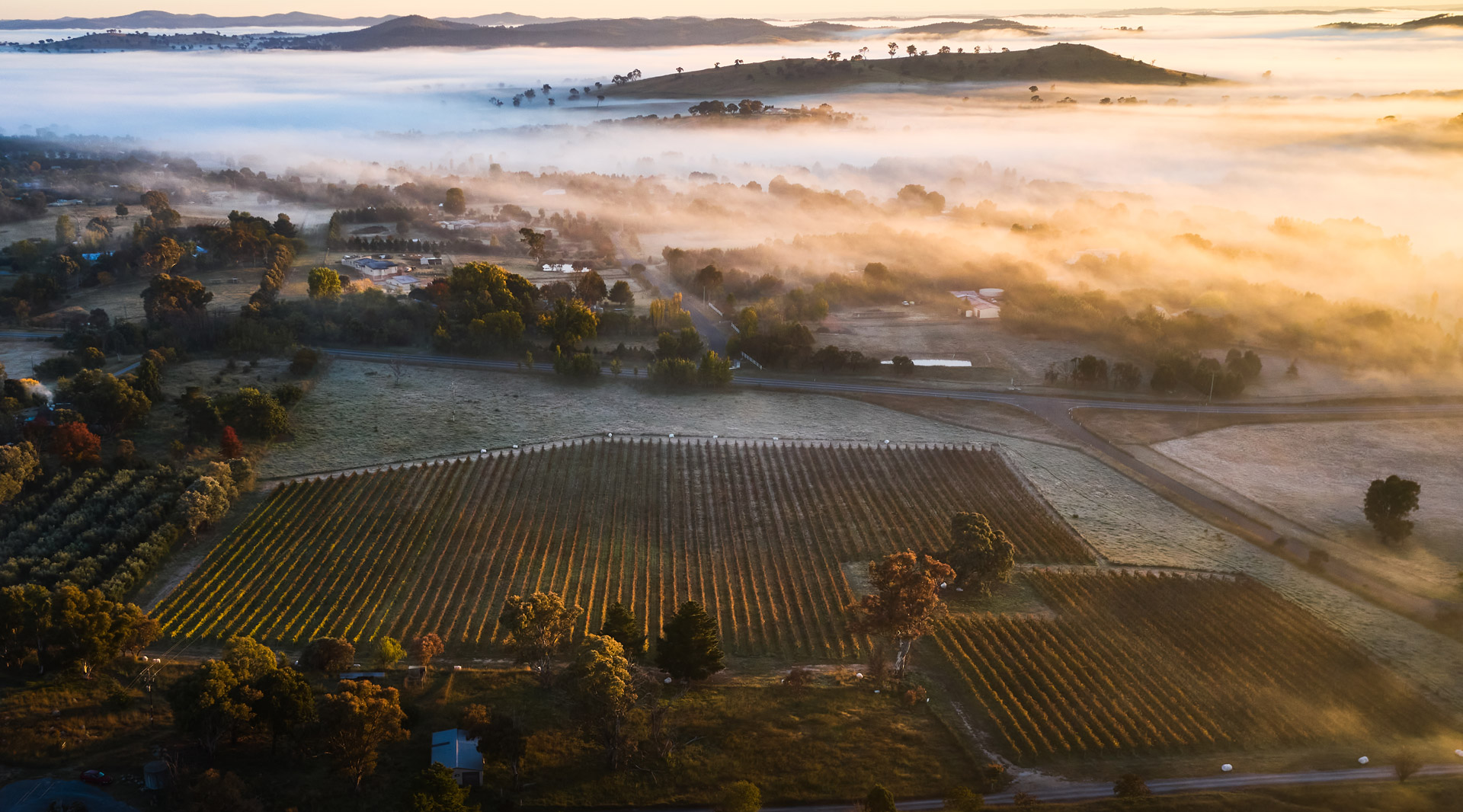
Tim Kirk, John Kirk’s son, was taking an increasing interest in the winery, and after a visit to Côte-Rôtie in the Northern Rhône in 1991, the first shiraz viognier was made from the 1992 vintage. The idea to add a small dab of viognier to shiraz – and there was also a splash of pinot noir in those early wines – was naturally inspired by the common practice in Côte-Rôtie, but access to the white grape was already assured, with it planted in 1986 to look at diversifying white wine production.
The reception to that wine was overwhelmingly positive, as too was it to subsequent vintages in the ’90s, culminating in the 1998 being declared the 1999 New South Wales Wine of the Year, relegating the big guns of the Hunter Valley that had so far dominated that accolade.
That wine would become an Australian icon in quick time, and it spawned an array of imitators, many of which fell by the wayside quite quickly. The imitation of the blend was one thing (and indeed the Kirks weren’t the first to take that Rhône inspiration, with Bailey Carrodus of Yarra Yering beating them to it with his Dry Red No.2), but many took on the blend in climates that were ill-suited, with ultra-ripe viognier paired with ultra-ripe shiraz too heady a mix for most.
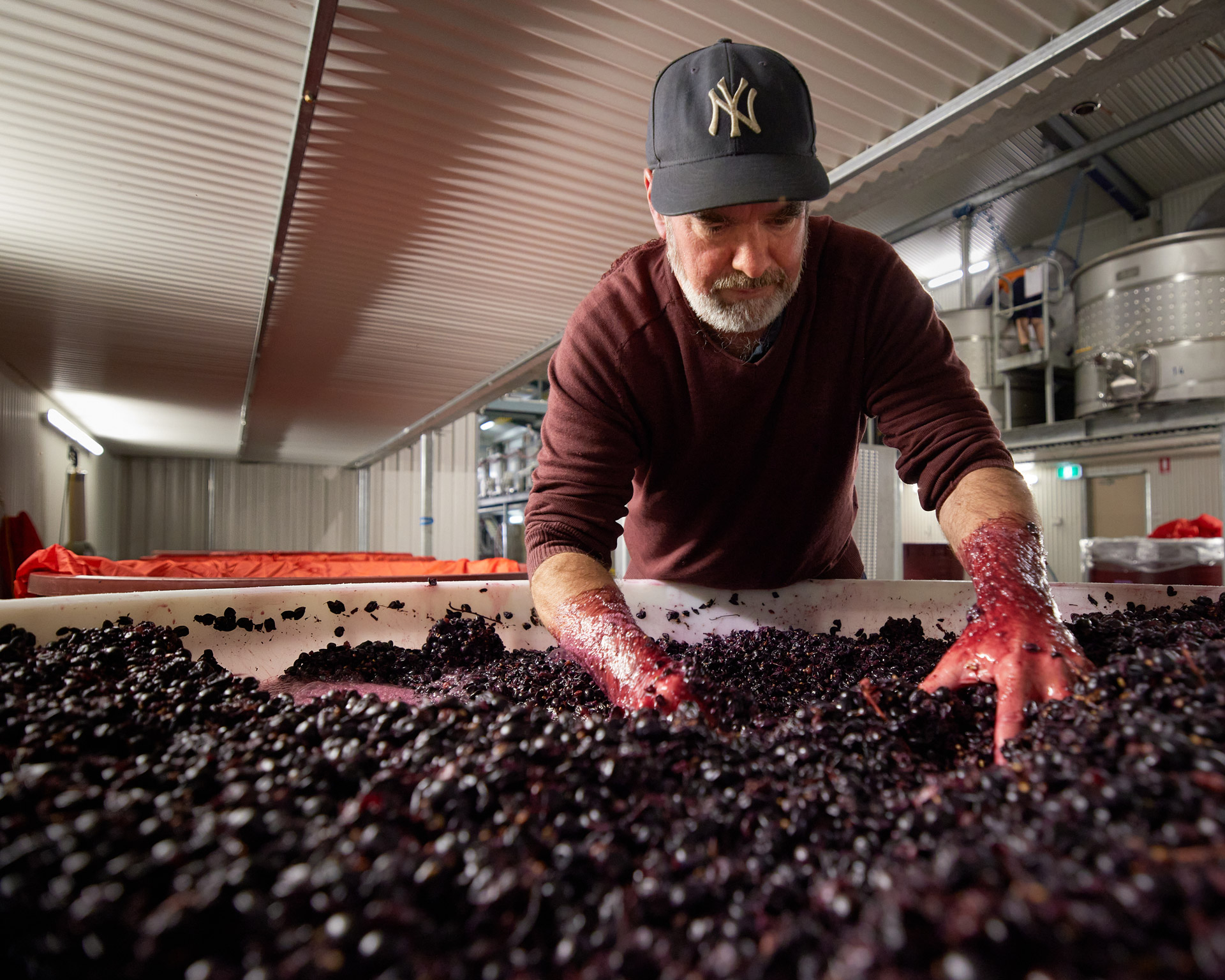
While some jumped on the bandwagon of the shiraz viognier blend, there were others taking the leap in a more considered way. Dave Powell had started to make wine under his Torbreck label in 1995 from old vines under a share-farming arrangement. That plot was discovered while he was working at Rockford, and the tilt into shiraz viognier emerged from his fascination with wines of the Northern Rhône, rather than a local influence.
Parker also played a role in Powell’s success, with his Wine Advocate declaring that inaugural release, the 1995 ‘RunRig’, as “Australia’s answer to Marcel Guigal’s Côte Rôtie La Mouline”. He followed that up with similarly gushing praise for later releases, though it wasn’t until 2010 that it scored a perfect 100 points.
Over in the Adelaide Hills, Brian Croser was equally entranced by the wines of Côte-Rôtie, and he became the first person to plant a vineyard with the express purpose of making shiraz viognier. That site was in Mount Barker, which he planted with Mike Symons for Symons’ parents on a block they bought for that express purpose in 1992.
A wine from that site was destined for the Petaluma label, and it was the start of thinking about the Hills as being a viable place for the shiraz. Croser was the first to plant vines there in 1979, but his vision was always for the Hills to be a place for chardonnay as still wine, and pinot noir and chardonnay for sparkling wine. That would lead to Petaluma being one of Australia’s great chardonnay success stories in the 90s, as well as his Croser sparkling becoming a leader in the category in the same decade (first made in 1987).
Croser had also been an instrumental figure in building technical knowledge and competence in winemakers, which was to start having a major impact in the ’80s and ’90s. He had been employed to upgrade the technical capabilities at Hardys in the ’70s, instituting some best practices that are still used today, notably removing chlorines and bromines from cleaning wineries – which can impact wine quality – creating his own yeast cultures for fermentation, as well as a raft of protocols to ensure that clean and stable wines were produced.
Taking that knowledge to the new wine school that Ron Rotter was setting up in Wagga Wagga (later incorporated into Charles Sturt University) in 1975, Croser wrote the syllabus across all disciplines, lectured and taught. It was a time when the science behind wine was becoming an essential part of a winemaker’s tool kit, and the rivalry between Wagga and Roseworthy (Adelaide University) created a rich educational environment that shaped the Australian wine landscape to this day, but perhaps most notably in the 1990s when the expansion of vineyards and the explosion of exports saw Australian wine become a big international player.
Equipped with strong technical knowledge, Australian winemakers were in big demand in the ’90s, and not just locally. Many consulted to other wineries around the world while still running their own endeavours (the conveniently flipped northern hemisphere harvest time making two seasons in a year uncomplicated), while others worked solely as flying winemakers.
Geoff Merrill was famously featured in Jancis Robinson’s Wine Course, a ten-part series for the BBC that brought the world of wine into the living room in 1995. The series was a landmark one, talking about the intricacies of the world of wine in everyday language. The second episode, featuring Merrill, was on chardonnay and it captured neatly the view of Australian wine at the time.
Robinson opened the episode, while striding across an Adelaide park, talking about the quest for New World makers to outdo their French counterparts by making better wine with each vintage. She notes that international French wine sales had “plummeted” over the last two decades, while Australia’s, in particular, had grown exponentially. “Australia may only produce about a third as much wine as North America, but it exports far more, about one bottle in every four produced,” she gravely intoned.
To watch that episode is to come away with a perception that Australian wine was exclusively made on an industrial scale, with science put ahead of character, and with enzymes and additives employed to get a reliable result. Merrill makes the point that Mother Nature doesn’t always play ball, and intervention is needed. When Robinson pours him a glass of Grand Cru Chablis, Merrill is not overly impressed, decrying the price but saying he’d probably drink it – mainly because, he says, he’d drink most things. There’s a noticeable tension between the Old World and New World in that interview, and it’s one that seems almost an oddity now.
Australian wine does become known for much cheap and cheerful bottled sunshine in the ensuing years, and perhaps that is a legacy of the technical training that enabled winemakers to make consistent quality wine on a vast scale. But that’s to oversimplify things. While this was indeed the case for supermarket wine going to Tesco or the like, there were also winemakers pursuing quality and character at both low and high volumes.
The technical nous also became a feature of Old World winemaking in the years to come, not just because of Australian winemakers working throughout Europe in key roles, but also because of an increasing level of education amongst winemakers. It became clear that understanding the science of winemaking did not mean that wines needed to be mass produced or simple.
Merrill points out that Australian winemakers are well trained and want to know what is going on in their wines from a scientific point of view. It’s a comment that looks brash, an affront to traditional European winemakers, and there’s clearly a bit of tension in it, but he also says that we should all just get along, have a glass an get on with it. And that’s just what has happened.
The 1990s was as significant a decade as we’ve had in Australian wine, with the sheer volume of wine produced and shipped shaping the impression of brand Australia. It was a decade that broadcast the Australian wine message to the world on a scale that was not dreamt of by even the most optimistic makers in the decade prior. It was a decade when Australian cult wines were established, cool climate regions grew wings and winemakers took their technical nous to the world. And it wouldn’t be long until the sands shifted again, with another crisis looming and a focus on small-batch handcrafted wines taking shape.
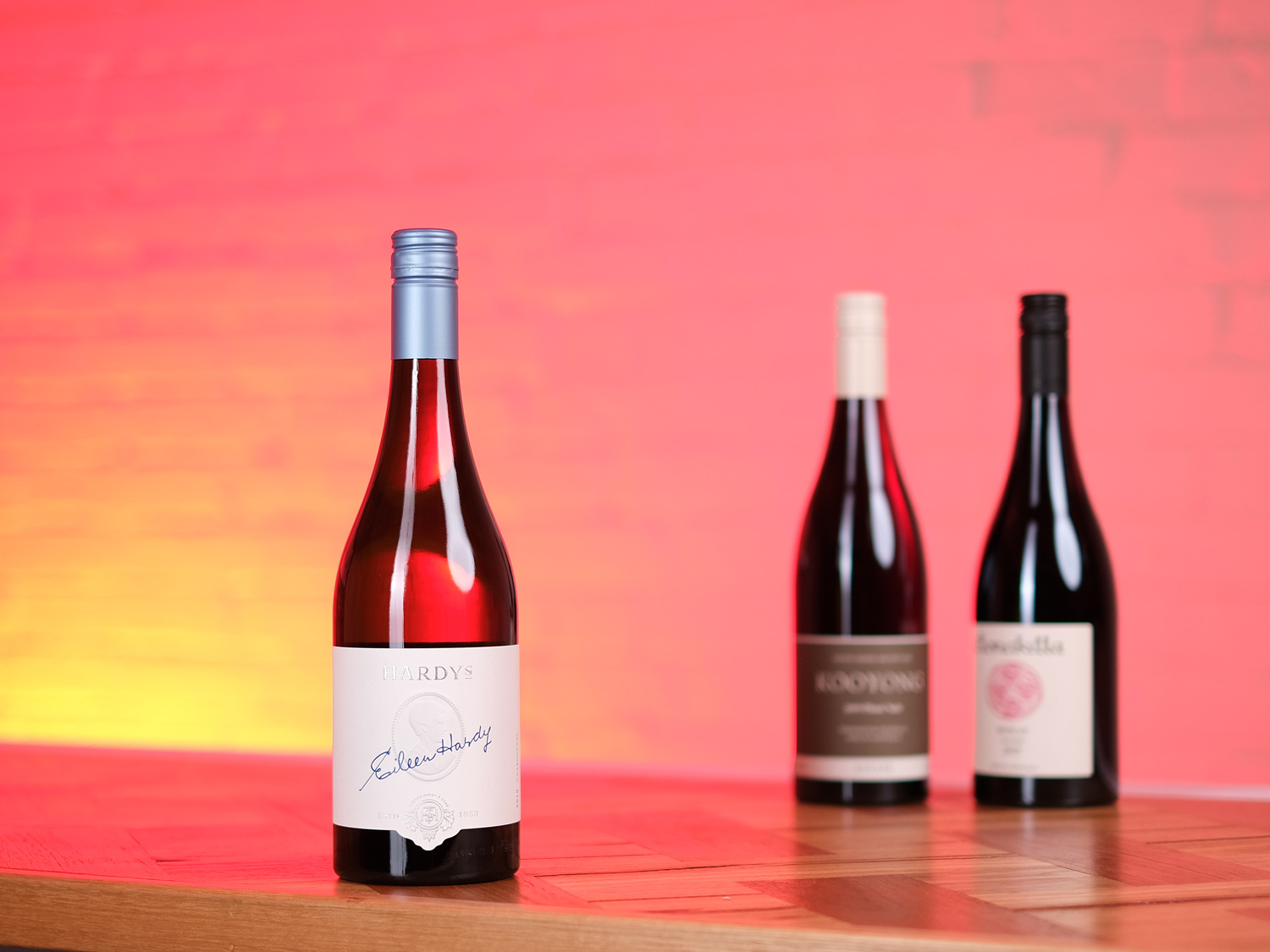
Aromas of grilled nuts, toasty oak greet you at first, followed by melon and a melange of stone fruit including peach, nectarine and apricot. The front of the palate is rich and full bodied, while in the mid-palate, the fruit is glazed with cream and buttery notes. The wine finishes bright and tight with a strong acid line that adds length to the finish.
Available from Vintage Cellars.
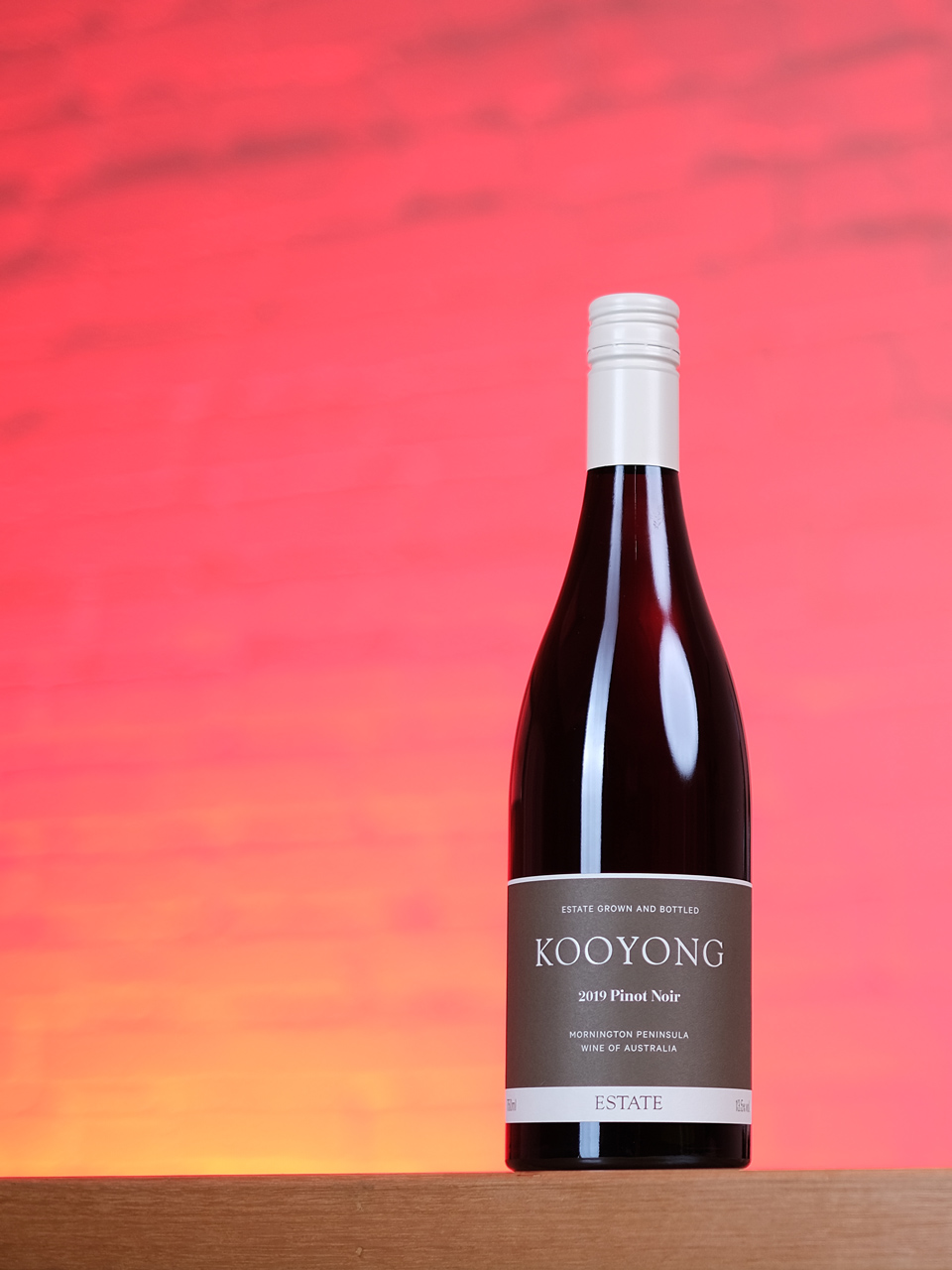
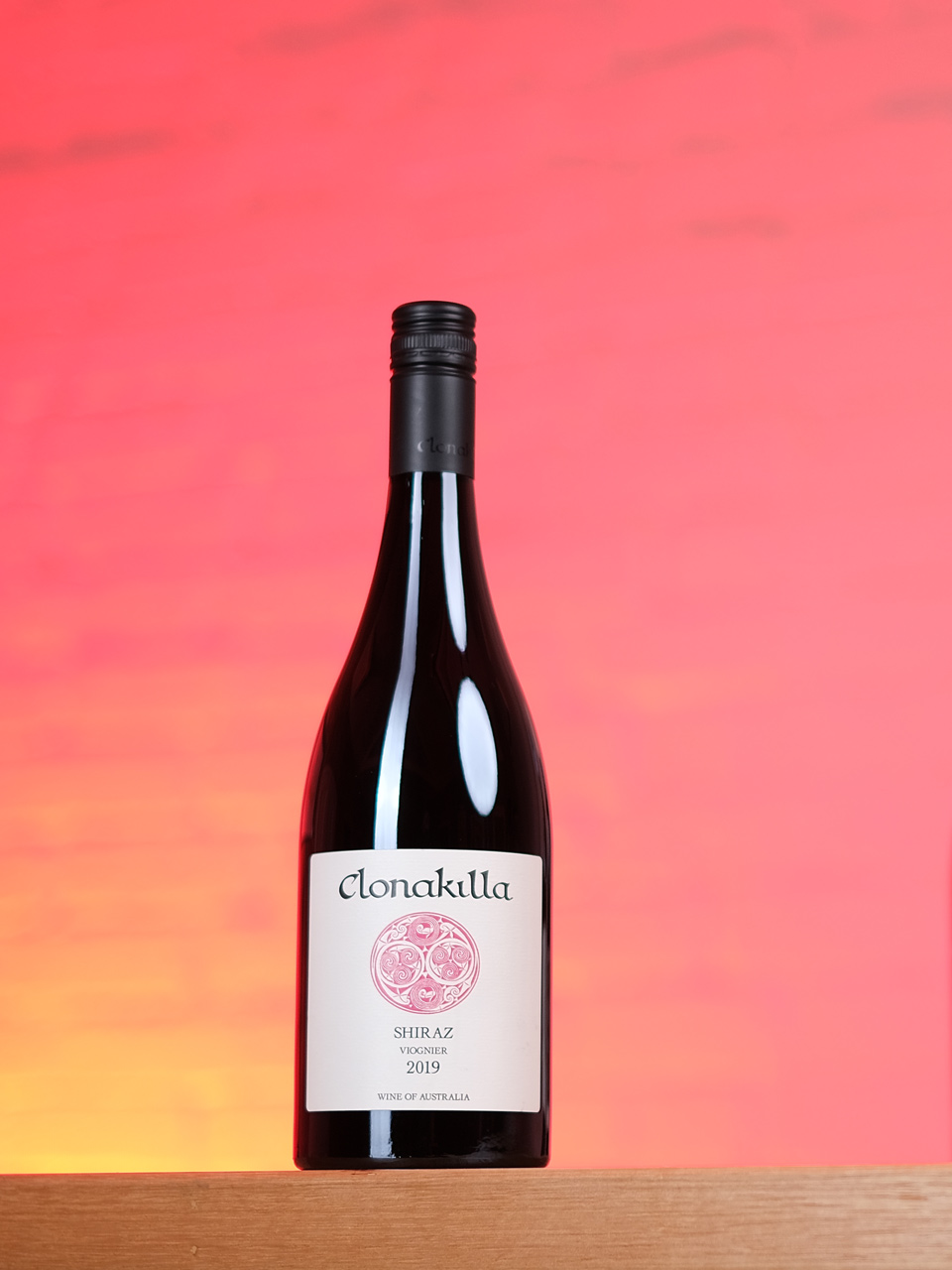
This is a bright-fruited, fruit-dominant example of the variety with sour cherries and strawberries at the fore, supported by vanilla oak character and a trace of earthiness. The palate is a light to medium bodied expression of pinot noir, with the sour cherry component echoing throughout and oak character in the background adding complexity. While seeming a delicate wine, the finish is somewhat bolder with a fair amount of tannic grip.
Available from Vintage Cellars.
Powerful, intoxicating and musky, this wine has it all. There is a heady mix of fragrant apricots overlaying ripe plum pudding, dried fruits, nutmeg and cinnamon with just a smidgeon of oak thrown in as well. The palate is incredibly rich and layered. There are dark ripe fruits not seen on the bouquet – like blackcurrants and blueberries – and these notes stay with you long after the wine has swan dived down the gullet. Such is the concentration of fruit, the structure is somewhat hidden but search and you will find firm grip from tannin and crispness from acid. It’s The wine is drinking superbly now but promises to age with great distinction.
Available from Vintage Cellars.
Please sign in or create account as candidate to bookmark this job
Please sign in or create account to save this search

Please sign in or create account as candidate to create a resume